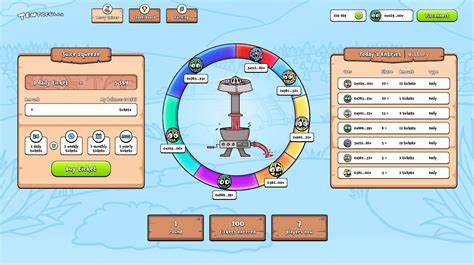Using Chainlink VRF to Improve Randomness in Your Ethereum Smart Contract
As an aspiring Solidity developer, you are on the right track. In this article, we will guide you through integrating randomness from Chainlink VRF into another smart contract.
What is Chainlink VRF?
Chainlink VRF (Vitalik’s Random Function) is a distributed oracle service that provides high-quality random numbers for Ethereum smart contracts. It is an essential part of building reliable and secure decentralized applications.
Why use Chainlink VRF?
Using Chainlink VRF offers several benefits:
- Increased Randomness: Get truly random numbers from the internet, reducing your reliance on hardcoded values or external sources.
- Improved Security
: Avoid vulnerabilities related to hardcoded values or external APIs.
- Improved Reliability

: Reduce dependency on third-party services and ensure consistency of your application.
Integrating Chainlink VRF with another smart contract
To integrate Chainlink VRF with another smart contract, follow these steps:
- Install the required libraries: In your master contract, install “chainlink-Oracle” for Ethereum and “VrfClient” for Web3.js.
- Configure the VRF Oracle Node: Configure the VRF Oracle Node using the Chainlink API or a custom implementation (more details below).
- Create a VRF Client Instance: Initialize a VRF client in your master contract to retrieve randomness values from the oracle node.
- Use a random value in your contract logic
Here is an example of how you can use VrfClient to get a random value:
Main contract (Ethereum)
pragma robustness ^0,8,0;
import "
import "./ChainlinkVRF.sol";
contract MyContract {
ChainlinkVRF vrf;
constructor() {
vrf = new ChainlinkVRF();
}
function getRandomValue() public view return (uint256) {
uint256 randomValue = vrf.random(100);
// Use a random value as needed
return randomValue;
}
}
Custom VRF Implementation
If you prefer to handle the oracle node yourself, here is a simple example of creating a custom VrfClient instance:
pragma robustness ^0,8,0;
import "
contract MyCustomContract {
VrfClient vrfClient;
constructor() {
vrfClient = new VrfClient();
}
function getRandomValue() public view returns (uint256) {
uint256 randomValue = vrfClient.random(100);
// Use a random value as needed
return randomValue;
}
}
Configuring a VRF Oracle Node
To use Chainlink VRF, you need to configure an oracle node. Follow these steps:
- Choose a provider: Choose a reputable VRF provider, such as Infura, Alchemy, or LocalNode.
- Generate API Key: Obtain an API key for your chosen provider.
- Configure API Endpoint: Configure the API endpoint URL using your provider credentials.
Example with Infura
Here’s how to use Chainlink VRF with Infura:
- Create a new project in Infura and register an account.
- Go to the “Infura Provider” tab and create a new node instance.
- Configure the API endpoint URL for your provider, e.g.
- Install the required libraries by running “npm install chainlink-Oracle” or “yarn add chainlink-Oracle”.
Conclusion
By following these instructions and using Chainlink VRF, you can create a more secure, reliable, and high-quality smart contract that provides truly random numbers. Always remember to follow security and performance best practices when integrating external services into your Ethereum application.
